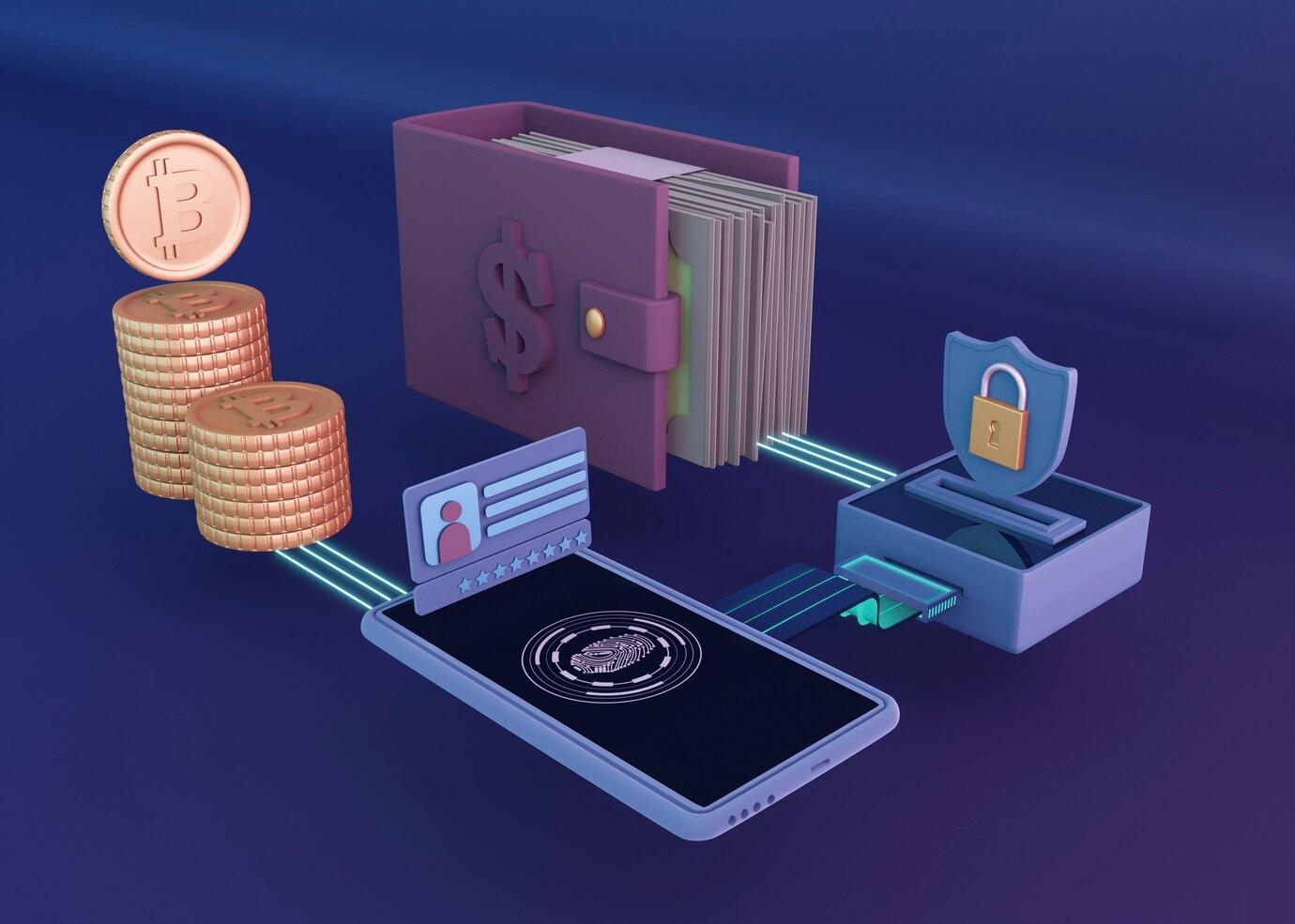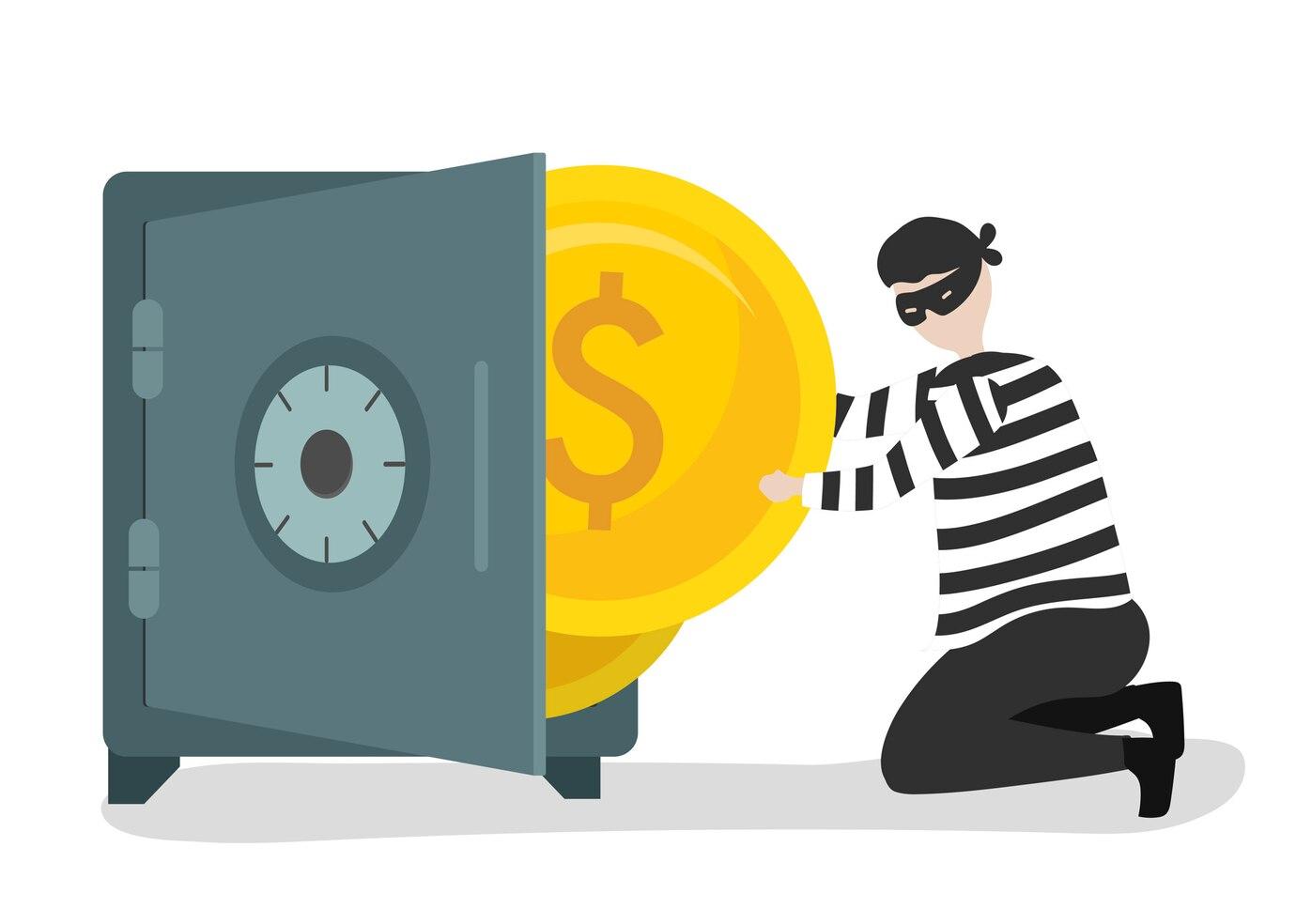In recent years, cryptocurrencies have attracted increasing attention from both investors and fraudsters. With the growing popularity and value of digital assets, fraud schemes targeting cryptowallets and cold storages are becoming more sophisticated. Understanding these schemes and the methods of protection against them is a key aspect of successful management of your cryptocurrency assets.
Cryptowallet Fraud: How Does It Work?
Cryptowallets are tools that allow users to store, send, and receive digital currencies. However, as their popularity grows, so do fraudulent schemes. One of the most common tactics is phishing attacks, where attackers create fake websites or applications that look like legitimate cryptowallets.
When a user enters their credentials, the fraudster gains access to the wallet and can steal the funds. For example, a fake site may mimic the design of a well-known wallet, and users often do not suspect that they have been caught in a trap. According to research, about 30% of all cryptocurrency leaks occur due to phishing.
Another common scheme is so-called "free offers." Fraudsters offer users "free coins" or investment opportunities, persuading them to first enter their data to create a wallet. This can also happen through social networks, where, under the guise of famous people or companies, attackers promote fraudulent schemes.

Cold Wallet Hacking: Risks and Protection
Cold wallets are one of the safest ways to store cryptocurrency because they are not connected to the internet. Nevertheless, this does not make them completely safe. Hacking encrypted devices or manipulating physical media can also lead to asset loss.
One method of hacking is using special software that can be installed on computers if the devices have not been properly secured. Attackers can use viruses or trojans to gain access to information about the cold wallet.
It is important to realize that even physical access to a cold wallet can be used for theft. If someone obtains the device on which your private keys are loaded, they can transfer your funds to any other wallet. It is advisable to use strong passwords and two-factor authentication, as well as always keep your cold wallet in a safe place.
Crypto Exchange Scams: How to Avoid Losses
Crypto exchanges serve as an important bridge between traditional currencies and cryptocurrencies. However, they are also fertile ground for fraudsters. Fake platforms may promise high returns but are schemes to eliminate your assets.
Some exchanges may use hidden fees and rate manipulations to deceive their users. It is always worth referring to reviews and researching the reputation of an exchange before depositing funds. Moreover, using platforms that offer additional protection for your assets will also reduce risk.

Cryptocurrency Theft: How Does It Happen?
Cryptocurrency theft can occur in several ways. One of them is using various social engineering methods, where fraudsters obtain personal information that helps them gain access to wallets. For example, they may pretend to be technical support and ask users to provide their credentials.
Another method is using spyware that can be installed on the victim's computer. According to research, more than 40% of cryptocurrency thefts are related to this type of fraud. Changes in legislation and stricter rules regarding crypto exchanges can help combat this situation, but ultimately the security of your funds is in your hands.
Protection Against Cryptocurrency Fraudsters
Preventing fraud in the cryptocurrency sphere involves several measures that every user should take note of. One of the first steps is to use reliable and verified cryptowallets.
Furthermore, it is important to educate yourself on security methods, such as creating complex passwords, using two-factor authentication, and regularly checking your accounts for activity. It is also necessary to avoid open discussions of personal data and passwords on public forums and platforms.

Cryptowallet Scams: Signs of Fraud
Recognizing potential fraud can help avoid losses. Signs include:
- Unusual wallet behavior, such as unexpected transactions
- Unfamiliar investment offers promising too high returns
- Official appearance from unfamiliar sources of information
It is important to remember that if something looks too good to be true, it probably is.
Fake Hardware Wallets: How to Recognize Them?
Fake hardware wallets can cost users huge sums. Fraudsters may offer devices that look like the original but are actually designed to steal data. When buying a hardware wallet, always check its authenticity and purchase only from official distributors.
Upon receiving a new device, it is important to change factory settings and verify the authenticity of the software. There are many online resources that can help users ensure the legitimacy of products.

How to Protect Your Crypto Savings?
Protecting your funds is not only a responsible approach but a necessity. Using best practices, such as creating backups of private keys and keeping them safe, is important. Also, consider forming a "knowledge base" that will help you in case of fraudulent actions.
Regularly follow new protection and training methods, this will help you consciously approach the use of cryptocurrencies and minimize risks.
In conclusion, it is important to note that while the world of cryptocurrencies can offer great earning opportunities, it is also full of risks and fraud. Exploring all possible schemes and protection methods, you can manage your assets more safely and avoid many potential losses. Remember, vigilance is your best protector.


